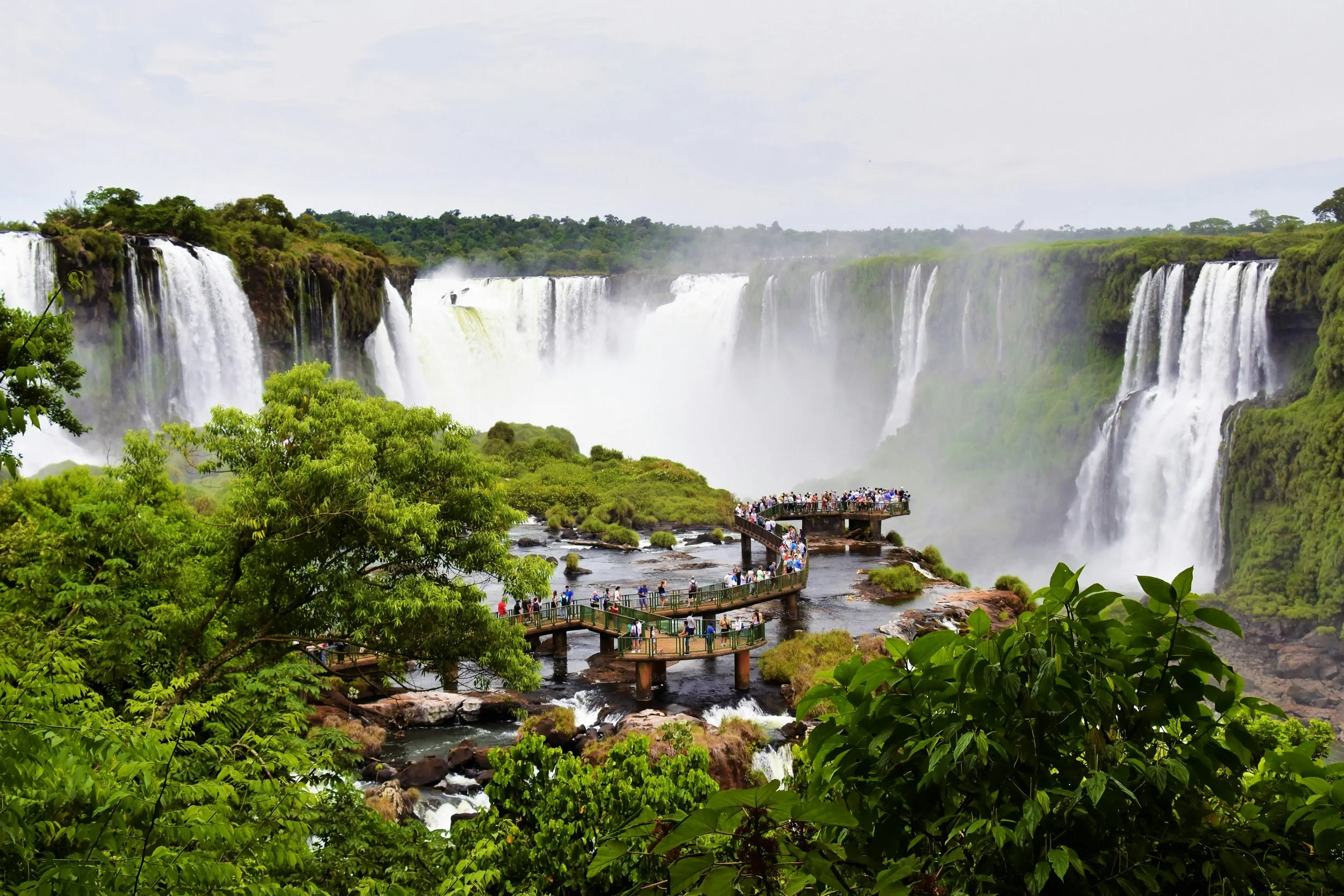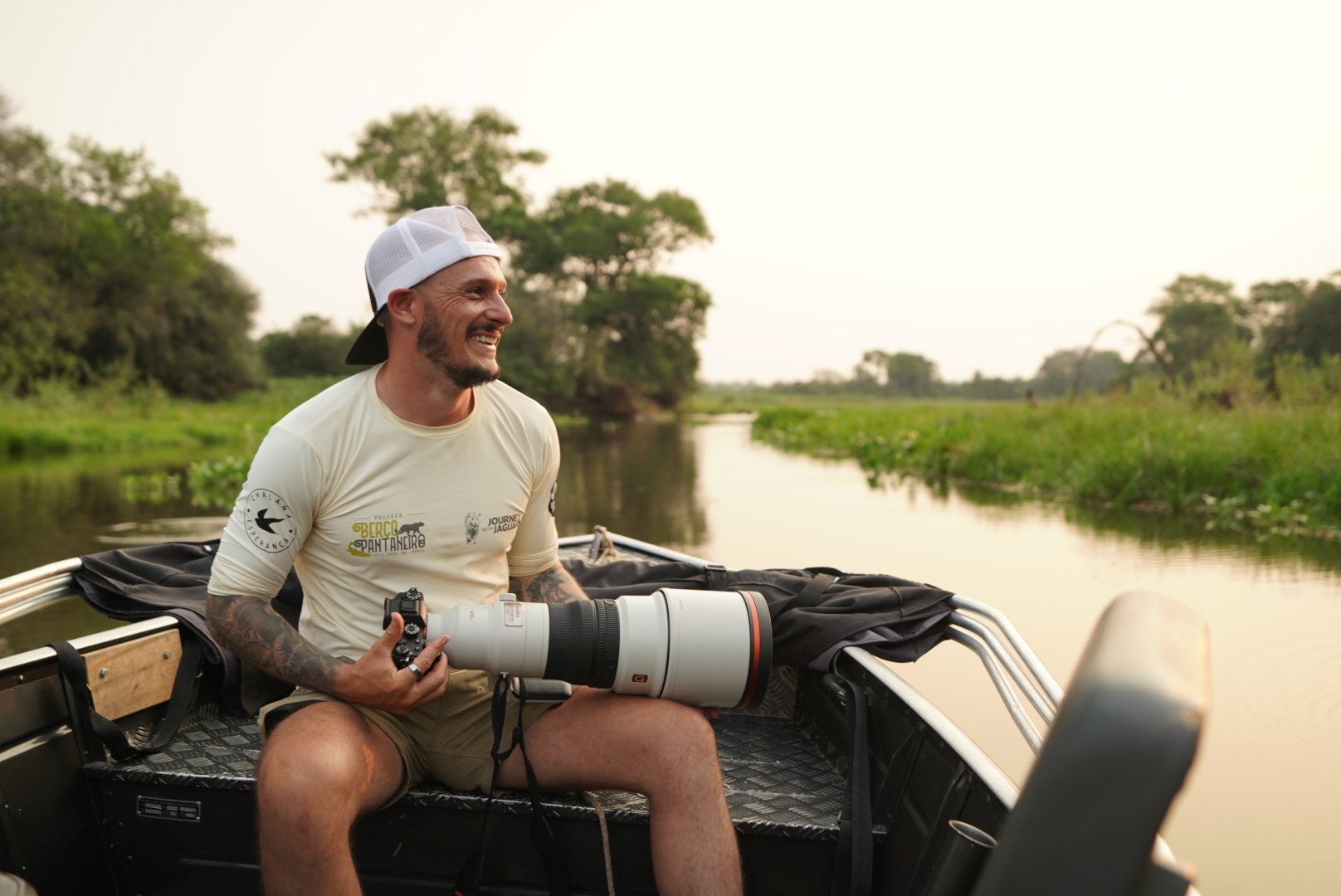What Else Can You Do Before or After a Jaguar Safari in Brazil?
July 1, 2025


One of the most common questions we get is: what else is there to do in Brazil before or after a jaguar safari? It’s a fair question—coming all the way from the States or Europe for just three or four days on the river can feel too short.
This blog is our answer.
First, a quick note: we don’t arrange these side trips ourselves. The reason is simple—our focus is on delivering the best jaguar experience possible. If we started building full itineraries with add-ons, we’d be relying heavily on third parties, and that would mean losing control over the quality of your experience. And quality is everything to us.
That said, there are some incredible destinations you can pair with the Pantanal if you’d like to extend your time in Brazil:
Chapada dos Guimarães
The easiest option, just a couple of hours from Cuiabá. Think dramatic cliffs, sweeping vistas, and waterfall hikes. Don’t miss the famous “Macaw Valley,” where dozens of red-and-green macaws swirl through a sandstone canyon at sunset.
How to get there: Since you’ll already be flying into Cuiabá for your jaguar safari, Chapada is the most natural add-on. It’s about a two-hour drive, making it an easy and seamless option before or after the Pantanal.
Lençóis Maranhenses
Otherworldly and unforgettable. Imagine rolling white sand dunes filled with turquoise lagoons after the rains. It’s a completely different landscape from the Pantanal, and one of Brazil’s true natural wonders.
How to get there: The closest gateway is São Luís, a city in Maranhão. From Cuiabá, you’ll need a domestic flight (usually via Brasília or São Paulo). From São Luís, it’s a four-hour drive to Barreirinhas, the main entry point to the park. From there, local guides take you into the dunes by 4x4.
Bonito
Brazil’s eco-tourism capital. Crystal-clear rivers, snorkeling, diving, and endless water-based adventures surrounded by lush forest. A perfect option if you love being in and around water.
How to get there: Bonito has a small airport, but flights are limited. Most travelers fly into Campo Grande (reachable from Cuiabá or São Paulo), then transfer by road—about a four- to five-hour drive. Private transfers and buses are available.
Iguaçu Falls & Parque das Aves
On the border with Argentina, Iguaçu is one of the largest and most spectacular waterfall systems on the planet. Right nearby is Parque das Aves, a sanctuary where toucans, harpy eagles, and other iconic species can be seen up close in beautifully designed natural enclosures.
How to get there: From Cuiabá, you’ll need a domestic flight to Foz do Iguaçu (usually connecting through São Paulo). The falls and bird park are both located just outside the town of Foz, with hotels and transport options close by.
The Bottom Line
A jaguar safari in the Pantanal will always be the centerpiece. But if you want to make the most of your journey, these are the side trips that deliver the most impact. Each one shows a completely different face of Brazil—and together they turn a wildlife adventure into a once-in-a-lifetime journey.
Other Ideas
While the focus here is nature and wildlife, Brazil’s cities have plenty to offer too. If you’re planning a longer trip, consider:
- Rio de Janeiro – Beaches, Sugarloaf Mountain, Christ the Redeemer, and the city’s famous energy.
- São Paulo – A cultural powerhouse with world-class restaurants, galleries, and nightlife.
- Salvador – Afro-Brazilian culture, colonial architecture, and a rich music and food scene.
- Brasília – For design lovers, Oscar Niemeyer’s futuristic capital city.

Step into the wild
Exclusive trip updates, rare jaguar stories, and insider photography tips - straight to your inbox!

.svg)


.png)